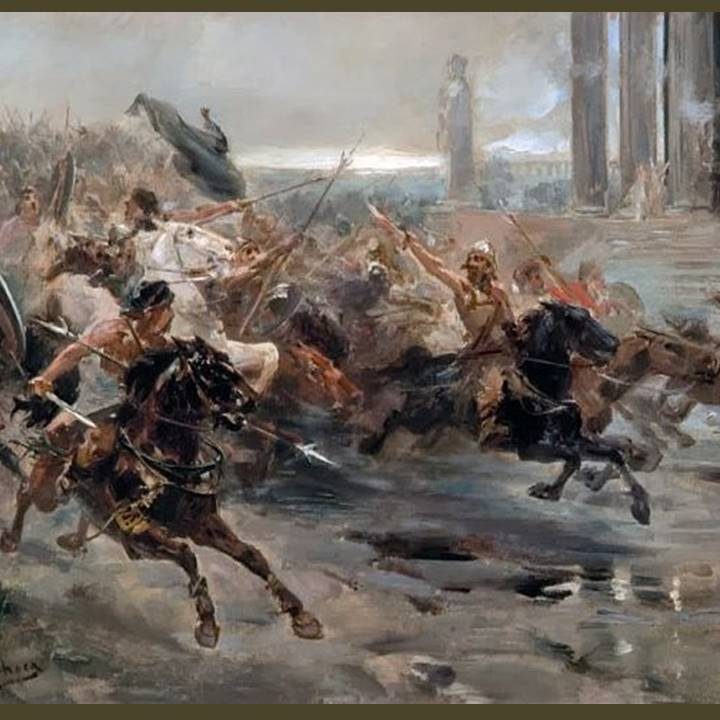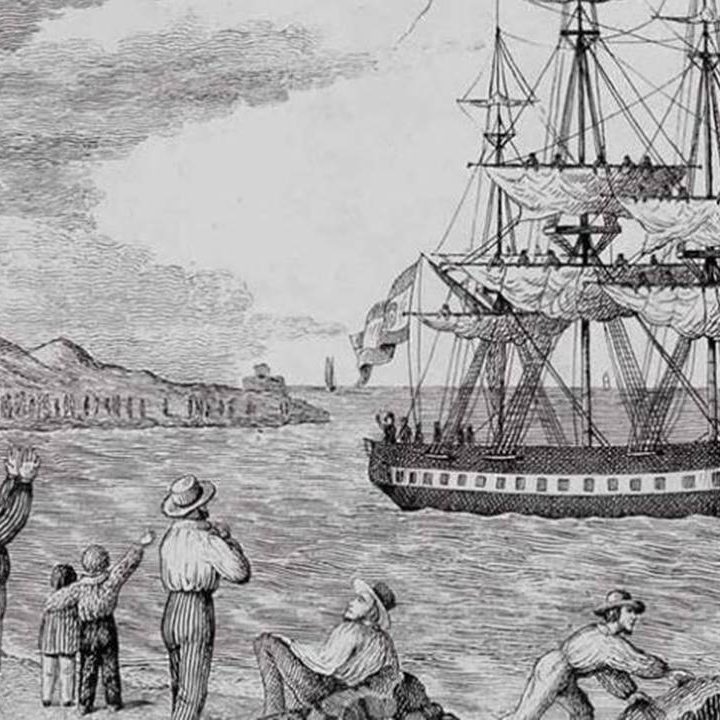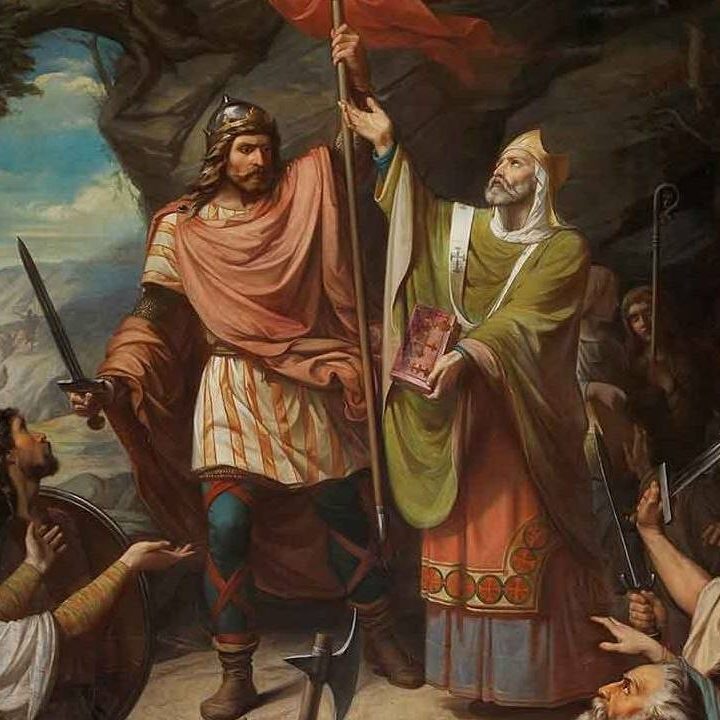That macho-looking man represented in the statue is none other than Viriatus, the leader of the Lusitanians, one of the tribes who gave the Romans their stiffest resistance during the prolonged conquest of the Iberian Peninsula. After pushing out the Carthaginians in the Second Punic War, the Romans may have thought that occupying their new territory would be a breeze; but they had another thing coming to them. It woould take two hundred years to subject all the Iberian and Celtic tribes to their authority. Compared to the ten years it took Caesar to conquer Gaul, this must have seemed like an eternity. In the end, it spelled the end of one age for Spain and the beginning of a new one: Romanization. Enjoy!
You can subscribe to our podcasts on Spotify, Amazon and Castos. Or if you wish to support Brian’s Spain Domain, click on our PayPal donate button or check us out at Patreon at https://www.patreon.com/briansspaindomain

The painting we see in this podcast was the creation of Ulpiano Checa, from Spain, and it is a famous depiction of how the...

Back in 1803, Spain organized a mission to inoculate the inhabitants of its vast empire from the deadly disease smallpox. It was officially known...

In today’s episode we take a look at the first major kingdom to arise during the famous Reconquista period, when the different regions of...